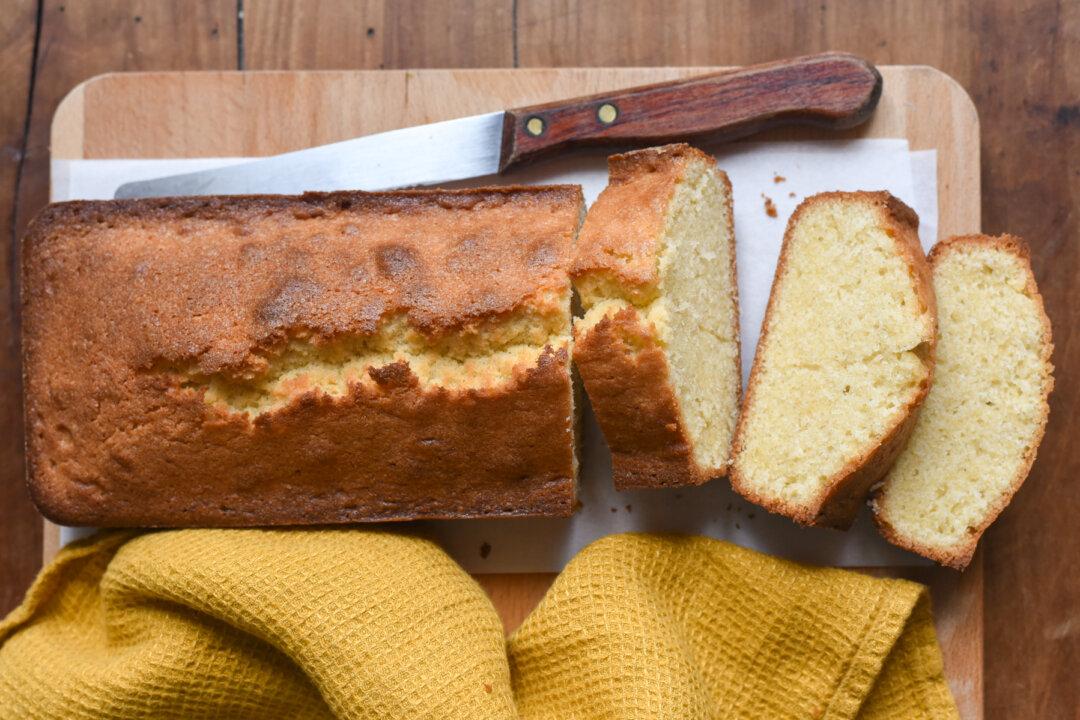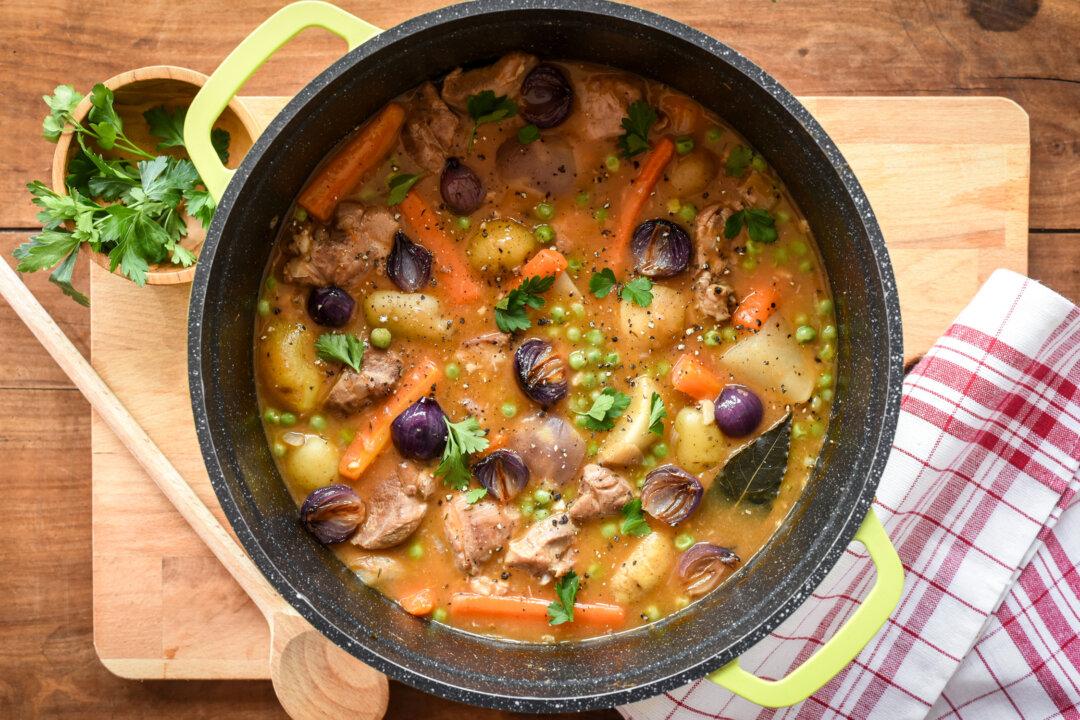This tarte fine aux pommes—literally translated as “thin apple tart”—is a French bakery staple each fall. It’s made with only two key ingredients, a puff pastry crust and seasonal apples, thinly sliced and arranged in elegant spirals. The apple topping is completed with a few simple additions that every household has on hand: butter, sugar, and a glossy jam glaze—the secret to a French bakery-worthy finish.
The tart comes together in no time at all, is eaten by hand, and is utterly delicious—proof that sometimes, simple really is best.





